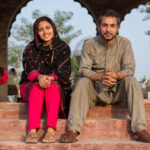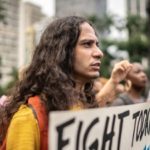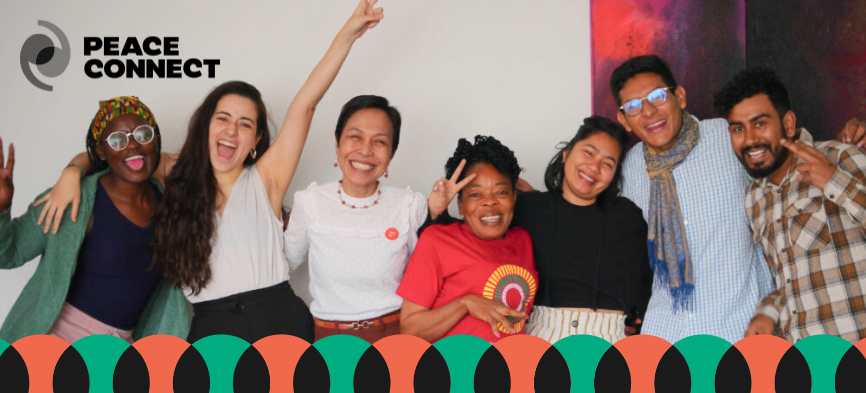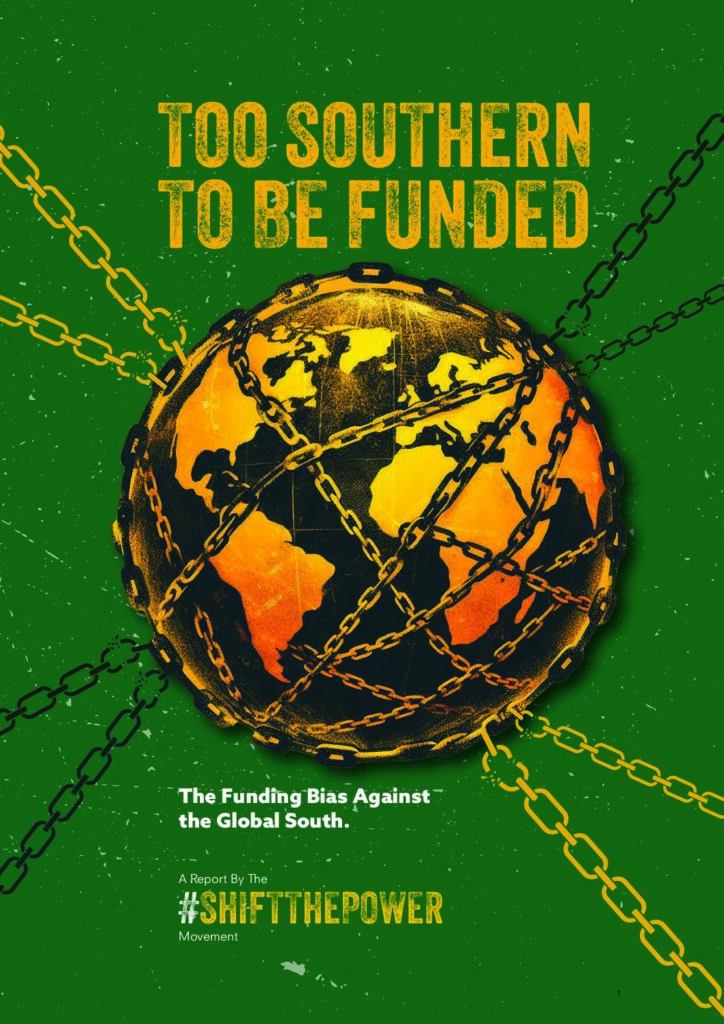Speaking at the hearing, our US Senior Representative addressed Members of the United States Congress. In the testimony available below, she shared our experience with our local partners, presented examples of how local peacebuilding prevents mass violence, and provided three lessons from local peacebuilders for atrocity prevention.
“I am honored to share some of our experience and understanding of what works to prevent mass atrocities, and particularly what we have learned through Peace Direct’s 15 years of supporting and partnering with local people on the frontlines of violent conflict.
For those of you who may not know us yet, Peace Direct is a non-profit international non-governmental organization working with local people to stop violent conflict and build lasting peace in some of the most dangerous war zones around the world.
Unlike many large international organizations, we do not design or implement programs from the outside. Rather, we seek out local people already doing heroic work to interrupt violence and foster peace in their communities, and we partner with them to support and strengthen their work.
[split_panel colour=”black” image=”/wp-content/uploads/2018/11/400×400-bridget.jpg” wider_text=”” colour=”” image_position=””]
.
We believe these local peacebuilders are a critical missing link in the world’s efforts to prevent mass atrocities and the most untapped resource for peacebuilding globally.
Today, I want to share three examples of how local peacebuilding can help prevent atrocities, along with three lessons and specific recommendations for Congress.
I’d also like to request that the executive summary of our recent report Atrocity Prevention and Peacebuilding, which documents further research on these issues, be included in the record with my testimony today.
[/split_panel]
Three Examples of How Local Peacebuilding Prevents Atrocities
1. Burundi demonstrates the importance of long-term investments in locally-led peacebuilding to help prevent mass atrocities.
While the current situation in Burundi remains deeply concerning, the country has not erupted into mass violence as some feared it would. We credit the Burundian people first and foremost for helping to prevent broad-scale violence, along with significant investments by the international community to support community-based peacebuilding. Peace Direct has supported local peacebuilding initiatives in Burundi for more than 8 years now, particularly through the work of a network of citizen monitors who report and respond to incidents in their communities to tap down violence. Despite stalled high-level peace processes and increasing requirements for international organizations to operate in the country, this work of violence prevention and peacebuilding in communities by Burundians themselves has not stopped.











